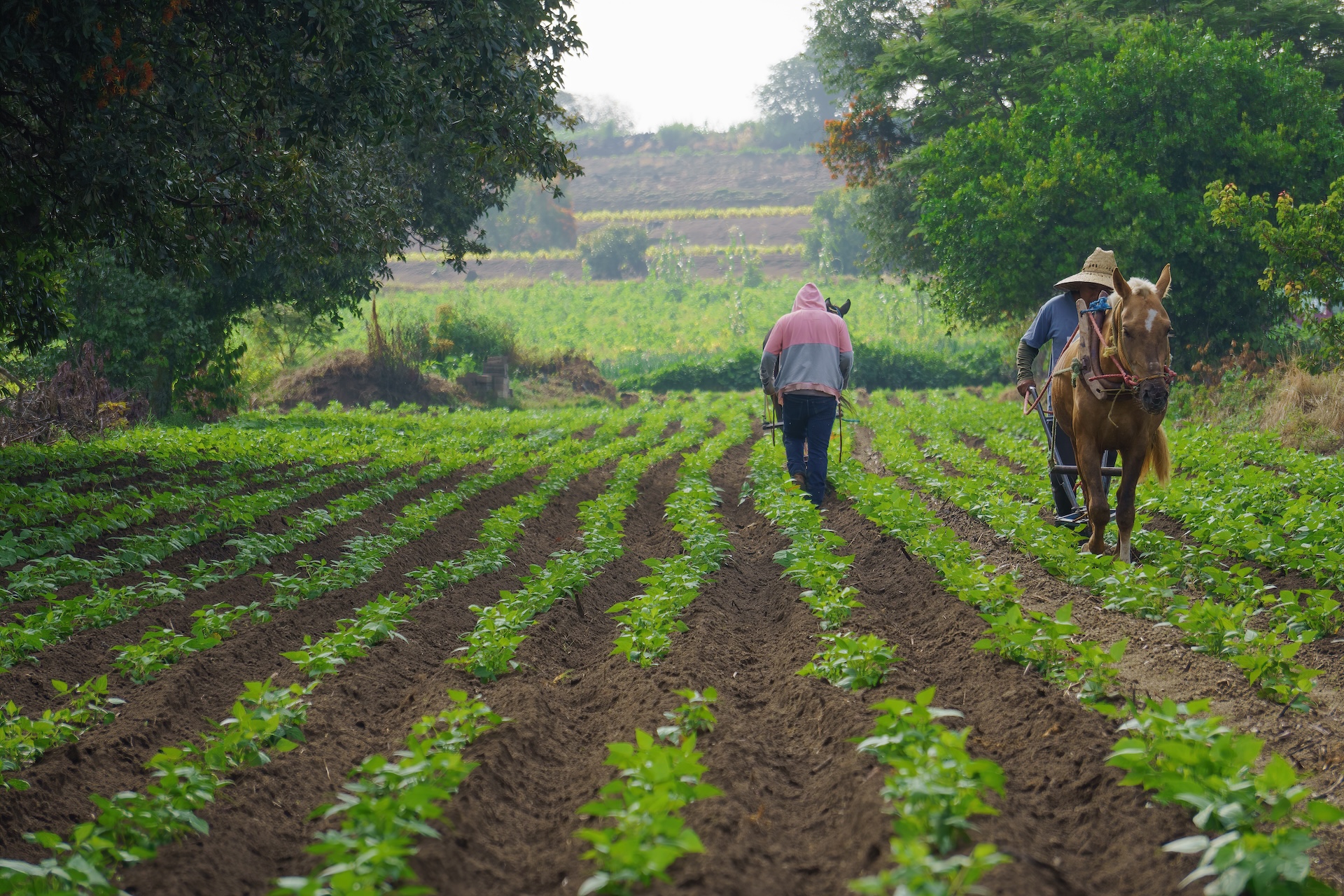
For nearly four decades, CIDRE had done what most financial institutions never could—reach the unreached. Operating deep in the Bolivian countryside, the organization provided small, flexible loans to thousands of rural producers. Their model was rugged, responsive, and built for the realities of agriculture, geography, and informality.
But even strong legacies face a tipping point.
CIDRE found itself pulled in multiple directions: donor expectations, changing client behaviors, shifting regulations, and the disruptive rise of digital finance. Internally, they knew their products had grown static. Externally, they were surrounded by fintechs moving faster, louder, and riskier.
The core tension: How does a legacy microfinance institution become a future-ready innovation player—without losing the community intimacy that made it matter in the first place?

The breakthrough didn’t come from benchmarking banks or chasing tech trends. It came from a deeper reframing of what CIDRE actually was.
The realization: CIDRE wasn’t just a microfinance institution. It was a designer of financial access in hard-to-reach contexts.
Once the conversation shifted from “how do we modernize lending?” to “what else could we design for the realities of rural life?”—everything changed. The team began to see themselves not as lenders, but as system architects. And with that mindset, new pathways opened.
CIDRE’s board approached the project with a clear concern: How can we remain competitive in a crowded microfinance market? Their hypothesis centered on improving operations and digitizing existing products.
At this stage, CIDRE’s success was measured by client reach, repayment rates, and portfolio performance. But it was also limited by a rigid offering: loans structured around traditional cycles, few products tailored to women or youth, and an overreliance on physical offices.
The model worked—but it was built for yesterday’s Bolivia.
Through stakeholder interviews, donor analysis, and landscape scanning, the question expanded: What if CIDRE became the hub for designing financial futures in rural Bolivia?
This wasn’t about building better loans—it was about designing a platform that could integrate credit, savings, insurance, mobile tools, and alternative identity systems. CIDRE could serve not just as a distributor of capital, but as a testbed for inclusion innovation—where biometric identification, flexible credit scoring, and financial education could all coexist.
This version introduced the vision of CIDRE as an orchestrator: partnering with global tech donors, building new pipelines for youth and female entrepreneurs, and co-creating solutions with clients rather than for them.

CIDRE 2.0 is no longer defined by lending alone. It’s defined by designing for access.
The organization now pilots fintech partnerships focused on:
The shift isn’t just operational—it’s philosophical. CIDRE is now an innovation institution grounded in empathy, experimentation, and deeply contextual design.
Reinvention is rarely comfortable—especially for organizations with something to lose. CIDRE had to navigate internal skepticism, external pressure, and the slow burn of shifting culture.
But what emerged was clarity: a belief that smallholder clients deserve more than access—they deserve designed equity. By letting go of legacy assumptions, CIDRE built something stronger: a system that meets people where they are and evolves as they do.
This wasn’t a tech upgrade. It was a mindset revolution.

The transformation of CIDRE redefines what financial inclusion can look like in the Global South.
CIDRE didn’t just survive disruption—it became a blueprint for thriving through it.
CIDRE’s innovation identity is still unfolding—but the foundation is in place.
Next steps include:
The goal is not just to design for today—but to equip rural entrepreneurs for whatever comes next.